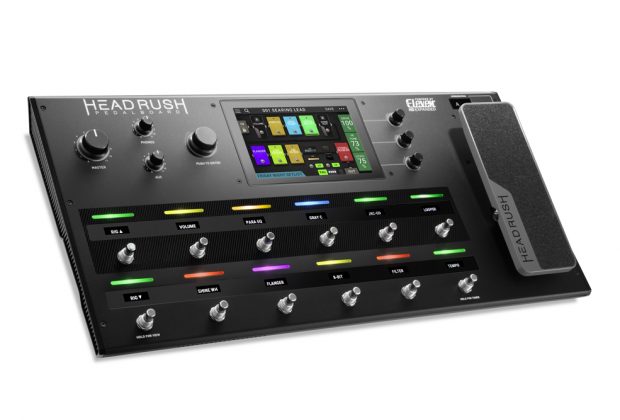Getting the right digital effects pedal for great tone
2019.09.24
Choosing the right guitar pedal is one of the toughest asks for any guitarist. There are so many choices in the market and a ton of variations for you to choose from, making the selection even tougher. Therefore, individuals tend to look up to the guides and indicators considering which they should choose the digital effects pedals.

Well, it is totally a subjective task and there is no rule of thumb for it. One has to get the knowledge of different kinds of guitars, their sounds, what they want to achieve, and how the pedal will behave to create a great tone.
The signal flow
Before we begin with pedals, you have to gain the understanding of signal flow. When you play a guitar, the sound is processed through an array of steps. People tend to be confused about which pedal to put first and which to put last. Well, the common flow has your guitar at first, then there is gain stage and frequency after which comes the modulation and time. Finally, it goes through the amp.
Gain staging effects
We’ll proceed according to our arrangement and begin with the gain-staging. Keeping it the first part of the chain of signal, this is where you put in any effect. The two most common options include the gain boost, also known as the clean boosts, and the overdrive. Other well-known sound effects that you find many guitarists using are the distortion, compression, along with the volume control.
Frequency effects
There are filtering effects that cover almost anything we have in the frequency domain. It comes after the application of gain staging effects. Common frequency adjustments come from the EQ pedal, and the WahWah and Envelope filter. Another common option that you have on most of the frequency pedals is the pitch shifter, known to many as the harmony.
Modulation
Modulation is all about making a change into sound based on time. It comes after frequency and gain staging and creates a change that is regulated by the LFO. Some common elements of your modulation effects are Tremolo and Vibrato, Chorus and Flanger, and Phaser.
Time effects
One of the best ways to create texture and smoothness in your sound is with the help of time effects. People tend to use the delay and reverb pedals in order to create a harmony and texture in their signal. It may appear a simple pedal but if you use it in the right manner you are able to create some great music.
Other options
Some of the other digital effects pedals include the Amp Emulation and Instrument modeling. You also have the loopers and loop switchers. If you don’t like a ton of different pedals, you can go for a multi-effects pedal which provides you various options at a single place.
Final words
So, these are some of the digital effect pedals that are up for grab. Each of the pedal, belonging from a different category, is used for a different purpose. So, assure that you choose the one that suits your needs and help you in creating the great tone that you are looking for.
More Articles
Copyright © Fooyoh.com All rights reserved.